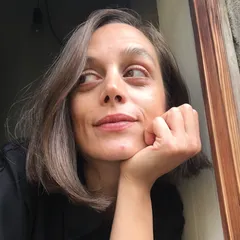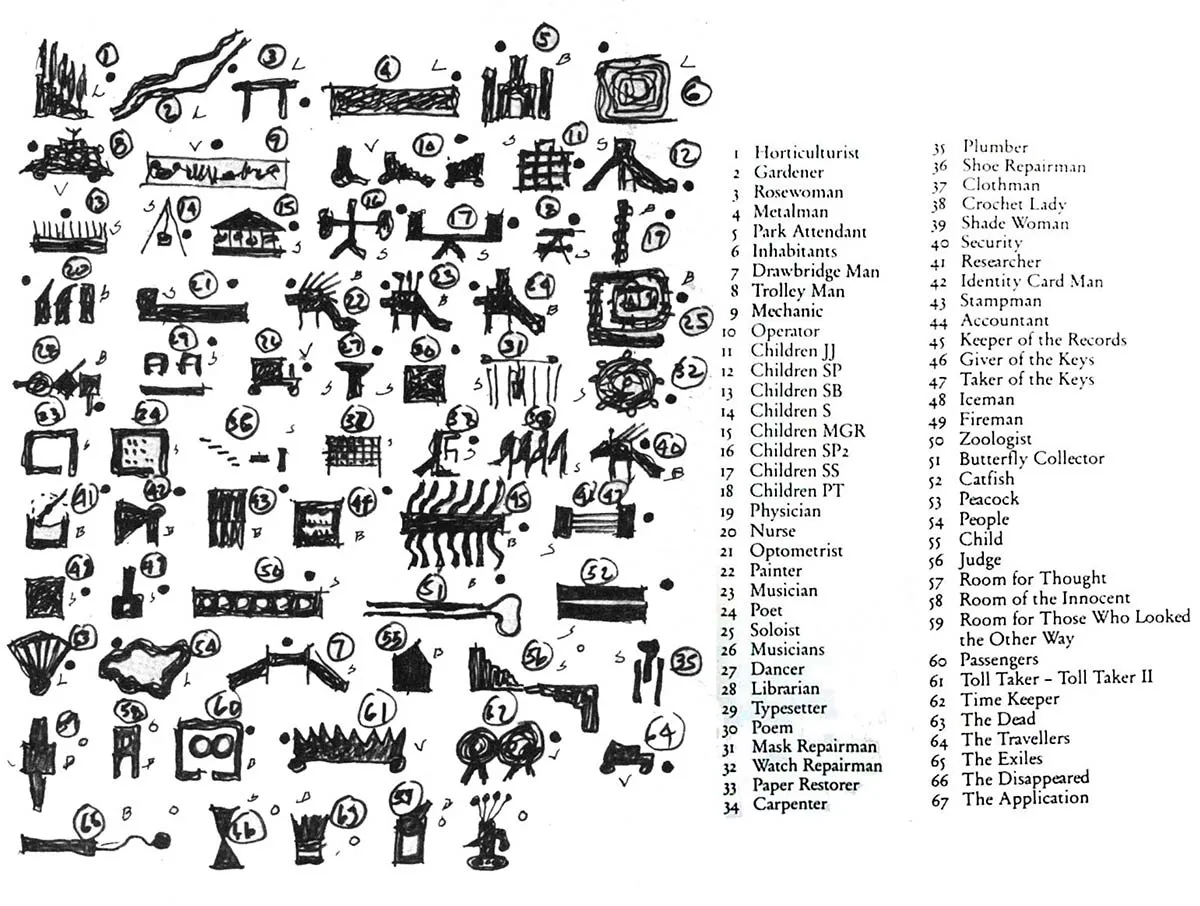
1/1

Author(s) / Team representatives
Andreea Snejana Simici
Profession
Architect
Photo credits/design
https://publish.obsidian.md/worldmaking/-+Log/2022/2022-06-17%2C+John+Hejduk's+Masques
Text presentation of the author in English
I graduated from the Faculty of Architecture at the Polytechnic University of Timișoara in 2010. I followed a Master's program at the Royal Danish Academy of Fine Arts School of Architecture in 2008-2009. My career highlight includes designing the <Atelier> Cafe interior, nominated at the Timișoara Architecture Annual and the Bucharest National Architecture Biennale. Currently, I am a PhD student at the Doctoral School of Sociology at the West University of Timişoara, and assistant at the Faculty of Architecture. My interest in interdisciplinary approaches is rooted in practice-based thinking and promotes inclusivity by framing Play as an instrument for social transformation and conflict resolution.
Text abstract in English
I find the mask as the most powerful interpretation of the cover theme, symbolising protection and concealment and transcending identity with each of its performances. Masks challenge authorship by acting autonomously, having the power to evoke the external world of artefacts and ideas through creative transformation, blurring identities by creating diverse narratives. The tradition of wearing masks in public was a distinctly Venetian response to one of the most rigid class hierarchies in European history, thus Masks enable us to explore different personas, facilitating social critique, and anonymity. Through its anonymity, the Mask works as a cover of protection, concealment and connectivity.
Johan Huizinga explains that our interest in masks originates from play, which further links the discourse towards Gregory Bateson's theory of “Framing” or using Play as metacommunication in order enhance our capacity to express ourselves and engage in sensitive topics. Here Play acts as undercover for facilitating dialogue and the exchange of knowledge through storytelling.
John Hejduk's exploration of the Masque defines architecture through the use of emblems, framing it as a reflection of the universal expression of human condition rather than an individual “heroic” creation. The Emblem book serves as a source of inspiration for his own interpretation of the mask, using allegory and metaphor for expressing emotions effectively. Emblems pair a symbolic drawing with an explanatory text, or a motto, they work as a manual by having the purpose of demonstrating ideas. They have the quality of being immensely imaginative by means of their simple form of communication, composed in such a way that it arouses references to other worlds, an effect of making the familiar strange.
The concept of architecture’s otherness explores a dramatic cover of cultural sensitivity, which imagines such strange architectures that invoke masks. These oddities can transform the city into an auto-critical device that operates as a narrative collector. The Mask uses techniques of rhetorical action and counter design, an architecture of a revolutionary nature, that provokes social hierarchies and can promote positive social change. Functioning as research tools, these masked devices are sensitive architectural covers of the action-research model in sociology, questioning the possibility of objectifying such a research model by the means of architectural masks that portray community emblems.
